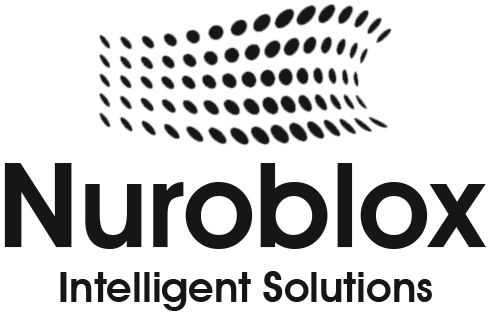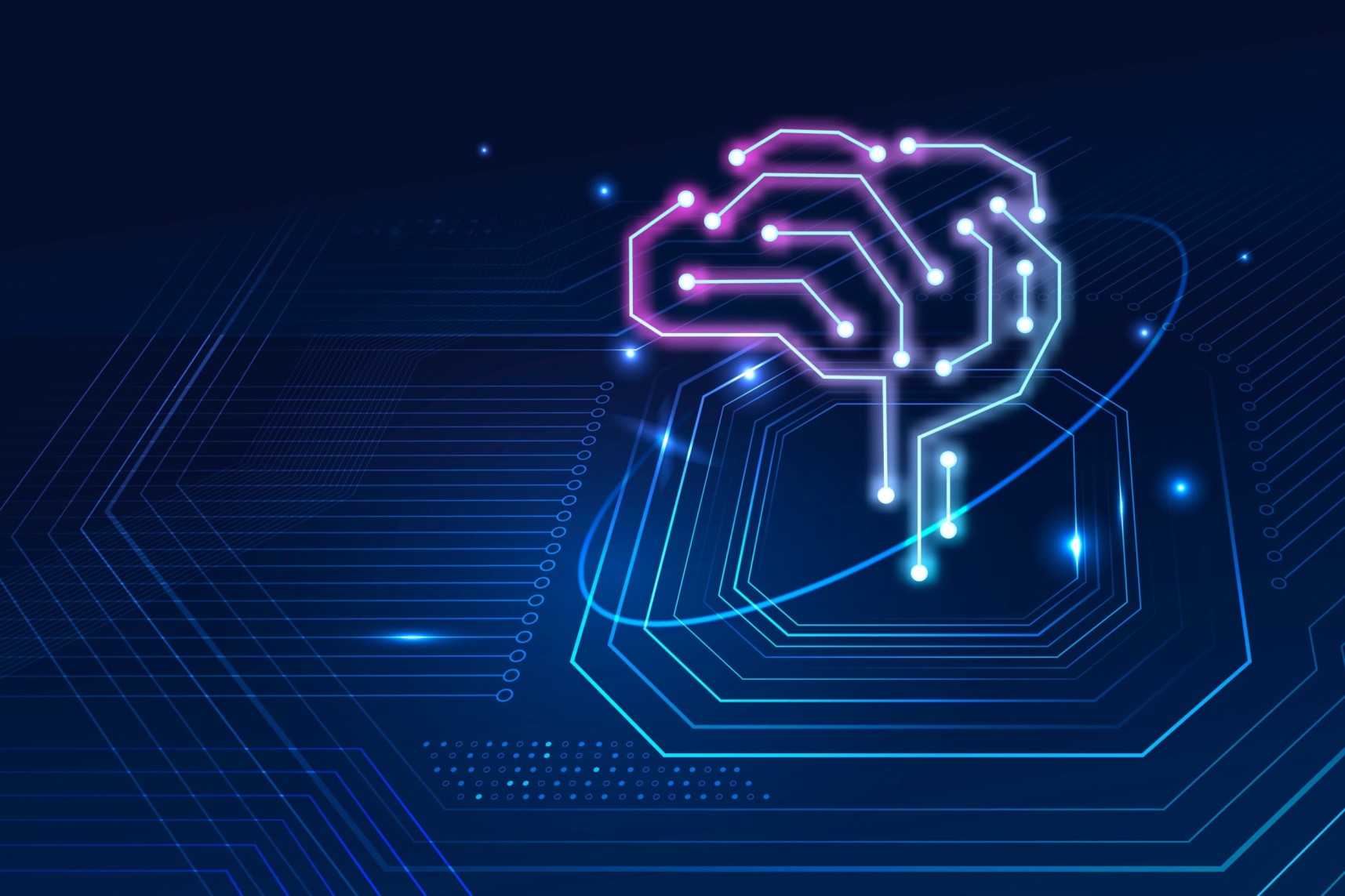How to Make Your AI Workflows Privacy-Compliant
AI is transforming the way organizations operate, powering smarter decisions, automating complex workflows, and unlocking unprecedented efficiencies. But with great innovation comes a growing responsibility: protecting the privacy of the data that fuels AI.
AI workflows often rely on vast amounts of personal and sensitive information. From user behavior and biometric data to financial and health records, this data drives AI performance, but also raises serious compliance, ethical, and reputational risks if mismanaged.
With global data protection laws like the GDPR, CCPA/CPRA, and India’s DPDP Act enforcing strict rules around data usage, organizations can no longer treat privacy as an afterthought. Business leaders, data scientists, and AI engineers must now ensure that every step of their AI pipeline, from data collection to deployment, is designed with privacy in mind.
In this blog, we’ll explore why privacy compliance in AI workflows matters, which regulations you need to be aware of, and how to build workflows that are not only intelligent but also secure, ethical, and legally compliant.
What Makes AI Workflows Risky for Privacy

AI systems thrive on data but that strength is also their greatest vulnerability. Unlike traditional software, AI workflows often involve large-scale data processing, continuous learning, and autonomous decision-making, all of which increase the likelihood of privacy violations if not properly managed.
Here are the key factors that make AI workflows uniquely risky from a privacy standpoint:
1. Large-Scale Data Collection and Aggregation
AI systems require vast amounts of data to train and perform well. This often includes personal information such as location, preferences, behavior patterns, and even health or financial data.
Risk: Aggregated datasets can expose more than intended, especially when combined from multiple sources leading to re-identification of individuals or unintended inferences.
2. Lack of User Awareness or Consent
Many AI workflows process user data in ways that are invisible to the end user. From silent behavioral tracking to backend model training, users are often unaware that their data is being used or how it will impact them.
Risk: Violates data protection principles like informed consent and purpose limitation, required by regulations like GDPR and CCPA.
3. Inference of Sensitive Attributes
Even when explicit personal data is removed, AI models can infer sensitive attributes such as age, gender, ethnicity, or medical conditions based on patterns in non-sensitive data.
Risk: These inferences can lead to unintentional profiling, discrimination, or breach of sensitive data rights.
4. Opaque and Non-Explainable Decision-Making
Black-box models, especially in deep learning, make it difficult to trace how decisions are made. This lack of transparency can prevent meaningful oversight or recourse for users.
Risk: Non-compliance with legal requirements around explainability, such as Article 22 of the GDPR, which protects individuals from solely automated decisions.
5. Model Drift and Data Evolution
AI models change over time as they retrain on new data. This can introduce privacy risks that didn’t exist at deployment, especially if new inputs contain unexpected sensitive information.
Risk: Failing to monitor or validate these changes can lead to regulatory violations or harmful outcomes.
6. Inadequate Access Controls and Security
AI workflows often involve multiple tools, APIs, cloud systems, and vendors creating a complex ecosystem where data may be shared or exposed unintentionally.
Risk: Weak access controls or insufficient encryption can result in data leaks, unauthorized use, or insider threats.
7. Shadow AI and Untracked Deployments
In large organizations, teams may experiment with AI models without formal oversight leading to “shadow AI” systems that operate outside governance frameworks.
Risk: These unsanctioned workflows often bypass security and privacy checks, increasing exposure to regulatory and ethical risks.
AI workflows amplify privacy risks not just because of how much data they use, but how they use it. Understanding these risks is the first step toward building systems that are not only powerful but also responsible and compliant.
Understanding Privacy Regulations That Impact AI
AI workflows that handle personal or sensitive data are subject to strict and evolving privacy regulations. Here are the most important laws that organizations need to consider when building compliant AI systems:
GDPR – European Union
Applies to any AI system processing personal data of EU residents.
Requires clear consent, data minimization, explainability, and user rights to access, delete, or contest automated decisions.
CCPA and CPRA – California, USA
Gives consumers control over their personal data, including the right to know, delete, or opt out of data collection and profiling.
Relevant for AI systems that personalize experiences or make automated decisions.
EU AI Act – Expected Soon
Introduces a risk-based classification of AI applications.
High-risk systems like facial recognition, credit scoring, and hiring tools must meet strict transparency, safety, and auditability standards.
DPDP Act – India
Requires explicit consent, purpose limitation, and responsible data processing.
AI systems must ensure user awareness, secure data storage, and accountable data usage.
Industry-Specific Regulations
HIPAA governs AI use in healthcare data.
FCRA regulates AI in financial services like credit scoring.
EEOC monitors AI-driven hiring for fairness and bias.
AI systems must not only perform well but also operate within the legal and ethical boundaries set by these laws. Understanding them is key to avoiding risk and building trustworthy AI at scale.
Principles of Privacy-Compliant AI Workflows
Making AI workflows privacy-compliant isn’t just about following laws — it’s about building systems that respect users, protect sensitive data, and foster trust. These core principles help ensure your AI processes are secure, ethical, and legally sound from the ground up.
- Data Minimization
Collect only the data your AI system truly needs. Avoid storing or processing unnecessary personal information, especially sensitive categories. - Purpose Limitation
Clearly define why data is being collected and restrict its use to that purpose. Avoid using data for unrelated AI training or secondary objectives without renewed consent. - Explicit Consent
Always obtain informed, specific, and freely given consent before collecting or processing personal data. Ensure users can withdraw consent at any time. - Transparency and Explainability
Make it clear how your AI system works, what data it uses, and how it impacts decisions. Users should be able to understand, question, and appeal automated outcomes when necessary. - Right to Access and Erasure
Give individuals control over their data. Support requests to view, update, or delete personal information used in AI workflows. - Anonymization and Pseudonymization
Where possible, remove or mask personally identifiable information to reduce privacy risk while maintaining data utility. - Security by Design
Implement strong access controls, encryption, and monitoring throughout the AI lifecycle—from data ingestion to model deployment and beyond.
These principles form the foundation of responsible AI. By integrating them into every stage of your workflow, you reduce compliance risk and build systems that users, regulators, and stakeholders can trust.
Step-by-Step: Making AI Workflows Privacy-Compliant
Building privacy into your AI workflows requires more than just checking legal boxes it means designing processes that are secure, transparent, and respectful of user rights from end to end. Here’s a step-by-step approach to help you get there:
1. Identify and Classify Data
Start by mapping all the data your AI system uses. Identify which datasets contain personal or sensitive information and classify them based on risk.
- Create a data inventory
- Flag PII, sensitive data (like health or financial records), and inferred attributes
- Understand data flows across collection, storage, processing, and sharing
2. Conduct a Privacy Impact Assessment (PIA)
Before developing or deploying any AI system, assess its privacy risks. A PIA helps you evaluate potential harms, regulatory obligations, and mitigation strategies.
- Assess how data is collected, processed, and used in AI workflows
- Evaluate risks related to profiling, automated decisions, and re-identification
- Document how you’ll address or reduce these risks
3. Apply Data Minimization and Consent Controls
Limit data collection to only what’s necessary and ensure user consent is clear and trackable.
- Design workflows to collect minimal personal data
- Use opt-in consent mechanisms and log consent records
- Enable easy consent withdrawal and data deletion options
4. Implement Anonymization and Pseudonymization
Protect user identities by transforming or masking personal data during training and inference stages.
- Use anonymization for irreversible data protection
- Apply pseudonymization when identity needs to be protected but traceability is required
- Validate that masked data cannot be reverse-engineered
5. Use Explainable and Interpretable Models
For AI systems that impact people (like credit scoring or job screening), ensure the decision-making process can be understood and justified.
- Prefer transparent models for high-risk applications
- Use explainability tools (like SHAP or LIME) to interpret black-box outputs
- Document logic and provide users with explanations of AI decisions
6. Enforce Access Controls and Secure Infrastructure
Restrict who can access data, models, and logs. Ensure all AI workflows are built on secure systems.
- Implement role-based access control (RBAC)
- Encrypt data in transit and at rest
- Monitor for unauthorized access and anomalies
7. Monitor, Audit, and Update Regularly
Privacy compliance isn’t static. AI models evolve, data changes, and regulations are updated.
- Set up alerts for compliance violations
- Perform regular privacy and fairness audits
- Review models for drift, data leakage, or emerging risks
By following these steps, organizations can embed privacy into the DNA of their AI workflows not only staying compliant but also reinforcing user trust and ethical AI adoption.
Conclusion
As AI continues to reshape industries, privacy compliance is no longer optional it’s a fundamental requirement for building trustworthy and scalable systems. From data collection to decision-making, every stage of an AI workflow must be designed with privacy in mind.
By applying core principles like data minimization, consent management, explainability, and security, organizations can reduce legal risks, earn user trust, and stay ahead of evolving regulations. Privacy-compliant AI isn’t just about avoiding fines it’s about building intelligent systems that respect human rights and operate with integrity.
The path to responsible AI starts with proactive action. Make privacy a default, not an afterthought and your AI will be stronger, safer, and future-ready.


